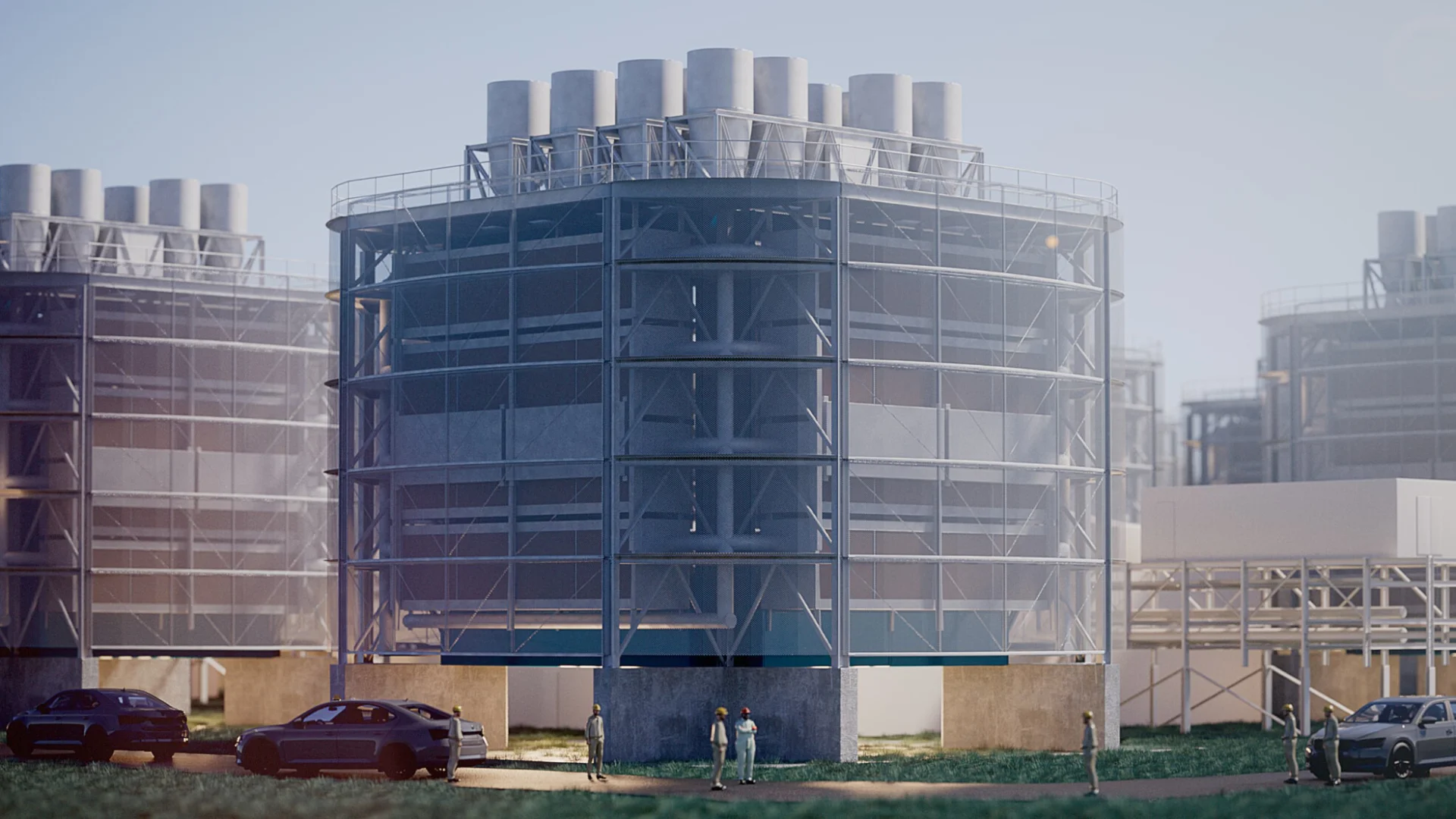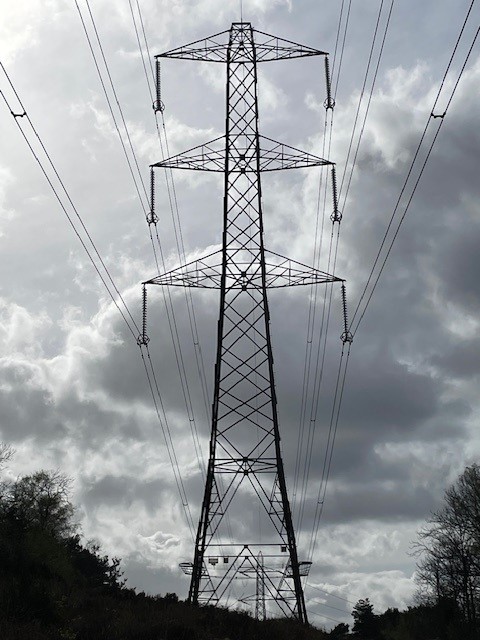Climeworks’ has revealed its Generation 3 technology at its fifth annual summit, predicting that that direct air capture could follow the same scale-up and cost-reduction path as solar energy.
The Generation 3 direct air capture technology is set to be first deployed in the US in 2026 as part of the megaton DAC Hub Project Cypress in Louisiana and should lower Climeworks’ capture cost to $250-300 and total carbon removal production cost to $400-600 per tonne by 2030.
Climeworks has previously stated that it believes that a range of $100-200 per tonne can be achieved, contingent upon collaboration, ecosystem build-up, and policy support.
Accelerating R&D advancements and subsequent field deployment could create a ‘virtuous spiral’ where the learning curve and deployment at scale create the drivers to push down the per tonne cost.
The Generation 3 technology uses novel structured sorbent materials replacing the packed filter beds used in previous technology generations. The new structures increase surface contact with CO2, reducing the time to capture and release CO2 by a factor of at least two, thus capturing more than twice as much CO2 as previous filters. The new filter materials consume half the energy and are designed to last three times longer than prior materials. Thus, Generation 3 direct air capture (DAC) technology has the ability of doubling CO2 capture capacity per module, halving energy consumption, increasing material lifetime, and cutting costs by 50 per cent.
The first plant utilising this new technology generation, including new cube design, will be built in Louisiana as part of the megaton-scale Project Cypress DAC Hub funded by the US Department of Energy. Construction is set to begin in 2026 and would mark another tenfold scale-up step towards megaton capacity. In addition, Climeworks is part of two further megaton hub proposals in the US and is actively developing projects in Norway, Kenya, and Canada, as well as exploring further sites on its journey towards gigaton capacity.
© 2019 Perspective Publishing Privacy & Cookies









Recent Stories